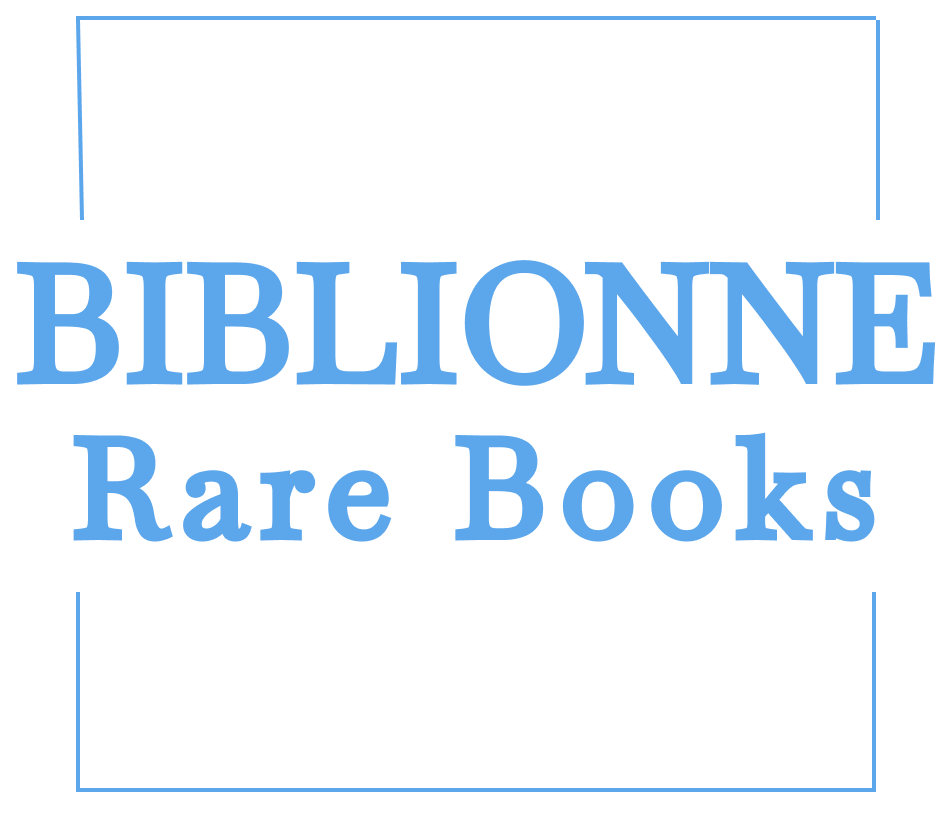Comics of the World: After Japan. Collection of posters, caricatures, comics, and more.
Comics of the World: After Japan. Collection of posters, caricatures, comics, and more.
Couldn't load pickup availability
[Comics of the World: After Japan]. 世界の漫画 あぷれ・にっぽん.
Edited by Suyama Keiichi [須山計一].
[Cover illustrated with artwork by Boris Efimov ‘American Freedom’].
東京 [Tokyo], アソカ 書房 , [1954].
8vo, 196, [1] pp., ill.
In original pictorial wrappers and printed slipcase.
In good condition, light wear to wrappers, small tears to spine, small losses to slipcase edges, with bookseller's sticker to back side of slipcase.
This book suggests a focus on Japan's post-World War II transformation, emphasizing the nation's transition from its wartime identity to post-war reconstruction. It depicted through various images such as posters, caricatures, comics, and more. These visuals relate to key historical events that Japan was involved in from the 1930s to the early 1950s and were sourced from magazines, newspapers, and other media outlets.
The images were created by artists from various countries, including Sir David Low (UK), Rollin Kirby, Fred Ellis, Ed Doughty (USA), Picasso, Jean Effel (France), George Grosz (Germany), Kukryniksy, Boris Yefimov, Yuliy Ganf (USSR), Mi Gu/米谷, Li Binghong/黎冰鸿, Hua Junwu/華君武 (China), Sugiura Yukio/杉浦幸雄, Kitaoka Fumio/北岡文雄, Yokoyama Taizō/横山泰三, Ogiwara Kenji/荻原賢次 (Japan), among others.These works depict prominent figures of the era, such as Winston Churchill, Chiang Kai-shek, Franklin Roosevelt, Yasuji Okamura, Benito Mussolini, Joseph Stalin, Harry S. Truman, Matthew Ridgway, and Douglas MacArthur. Significant events covered include Japan's invasion of mainland Asia, World War II, the American occupation, the Korean War, the Treaty of Peace with Japan (Treaty of San Francisco), and the Mutual Security Agreement (MSA), among others.
The book concludes with an afterword by its compiler, Suyama Keiichi (須山 計一; 1905–1975), a manga artist, Western-style painter, art and manga critic, and social activist. In this afterword, Suyama reflects on his wartime and postwar experiences, providing fascinating insights into various Japanese artists he was close to (including the death of Yanase Masamu [柳瀬正夢]), the lives of foreigners who remained in Japan during the war, the public's evolving attitude toward the emperor, postwar prostitution in Japan, the impact of thermonuclear weapons testing, and more. He concludes the afterword by detailing the specific magazines and newspapers from which he sourced the images used to compile the book.
OCLC locates four copies of this edition outside Japan: in the University of Arkansas, the University of Washington Library, the Ohio University Library and the University of Auckland Library (New Zealand).


















